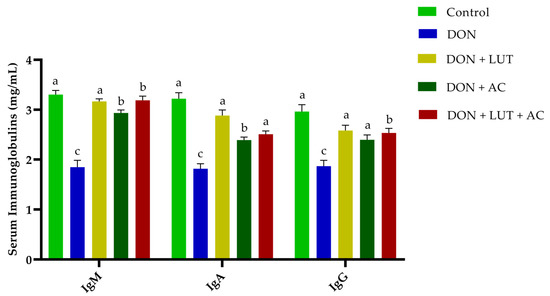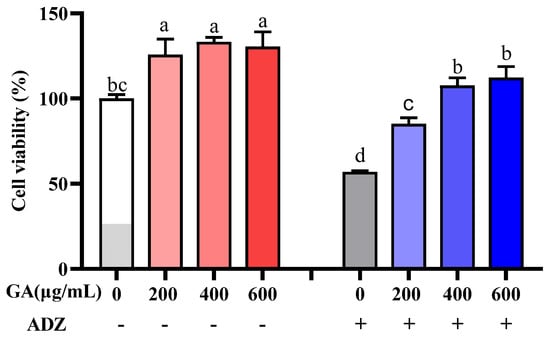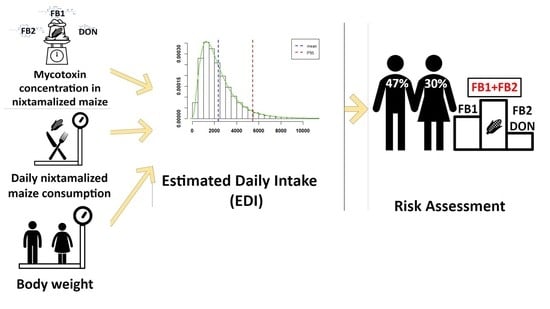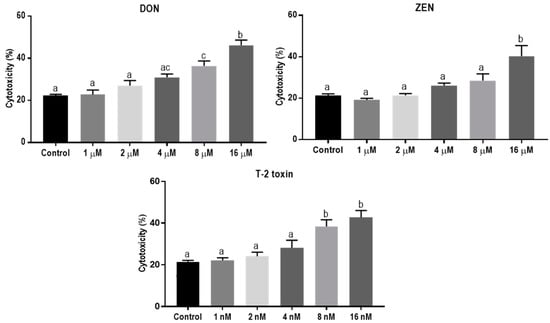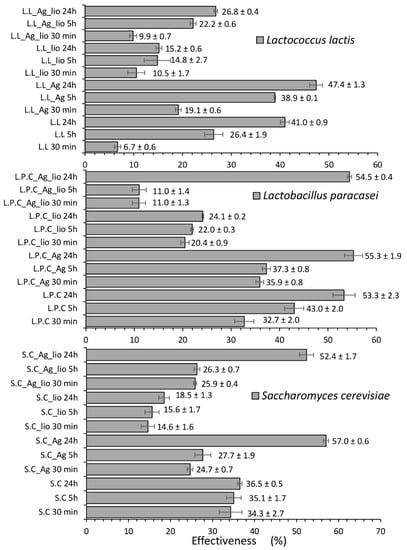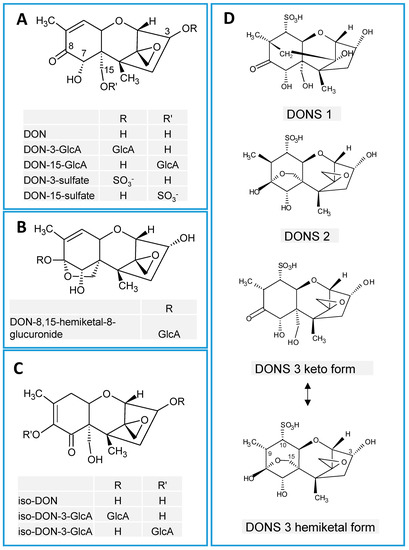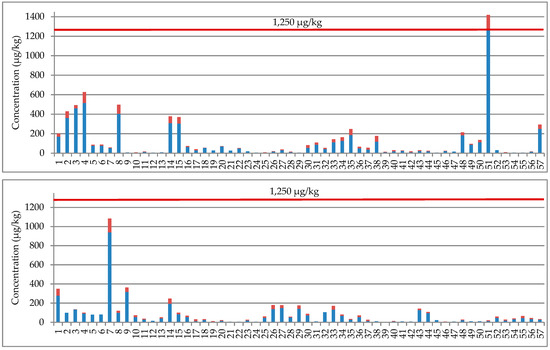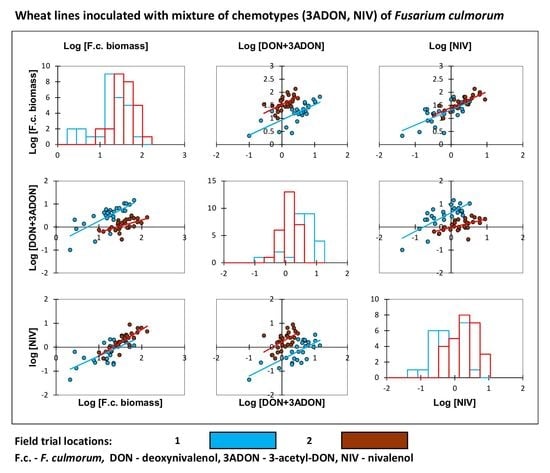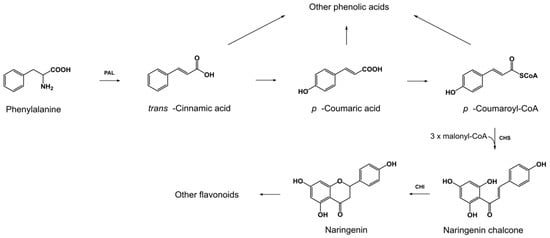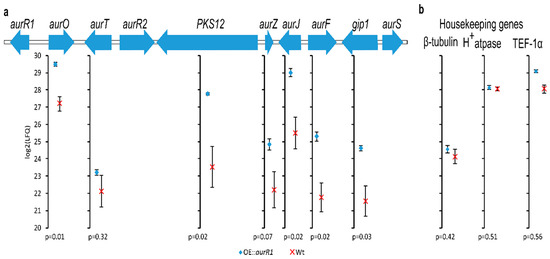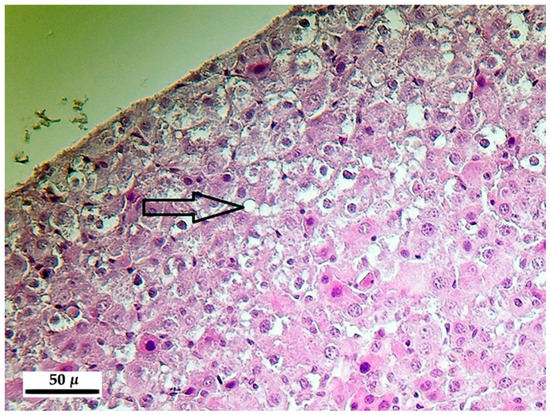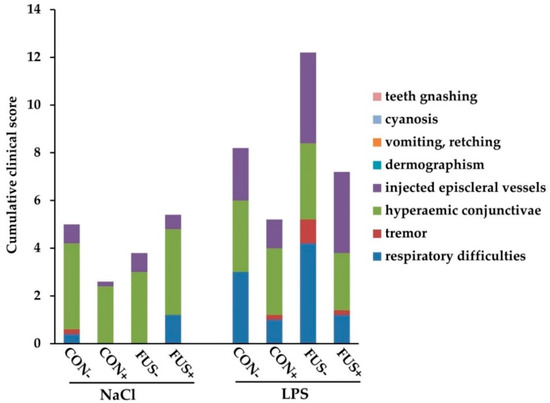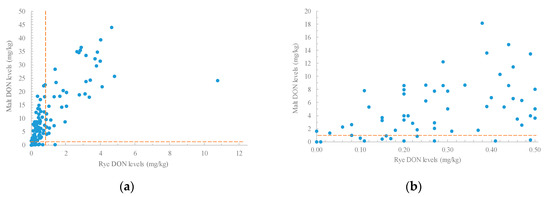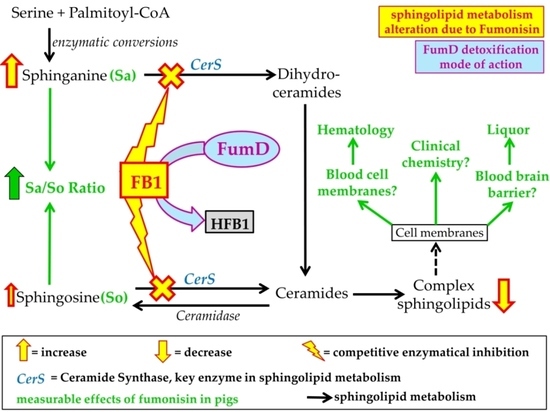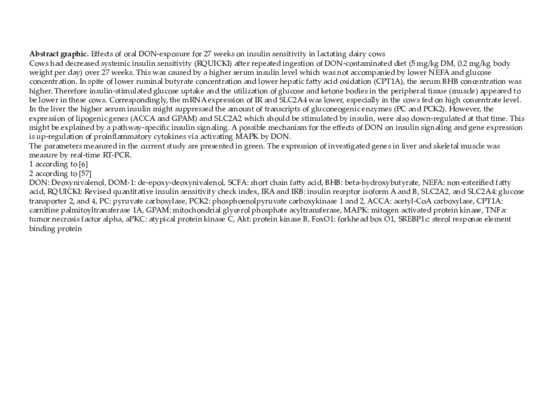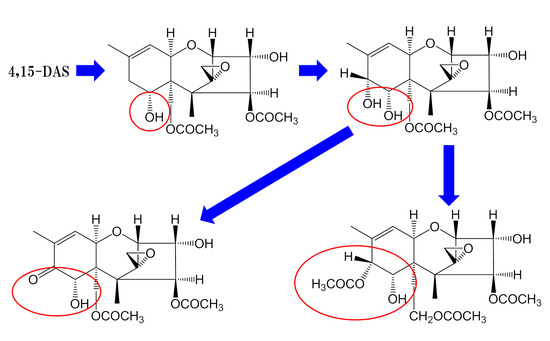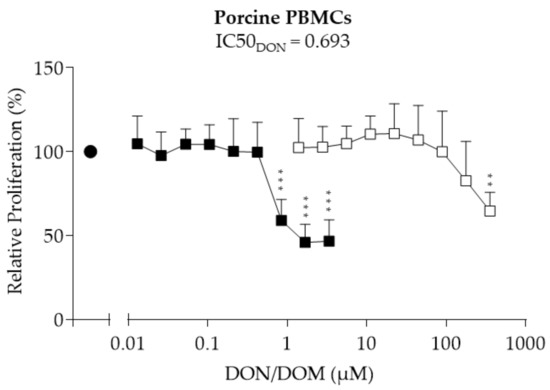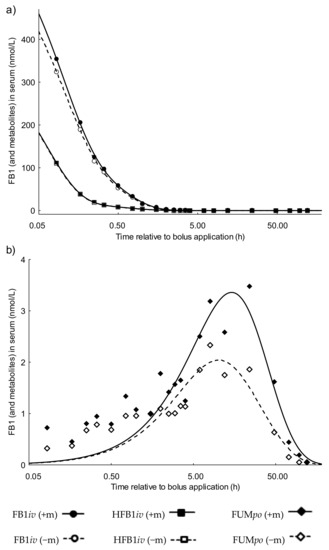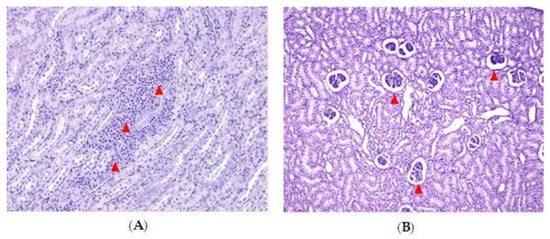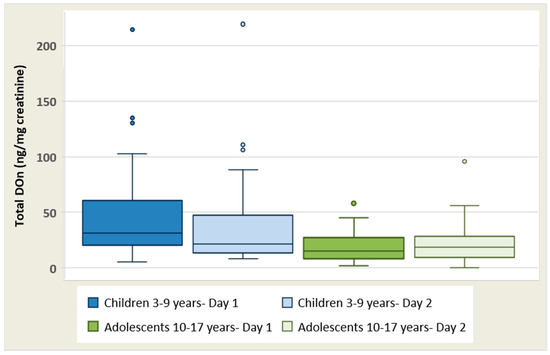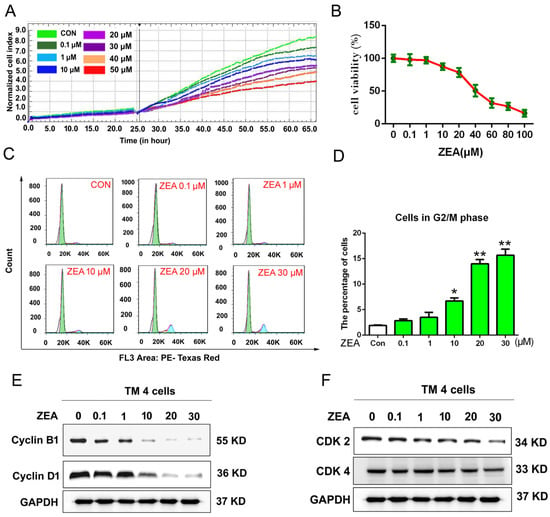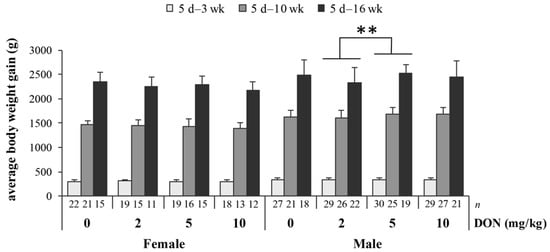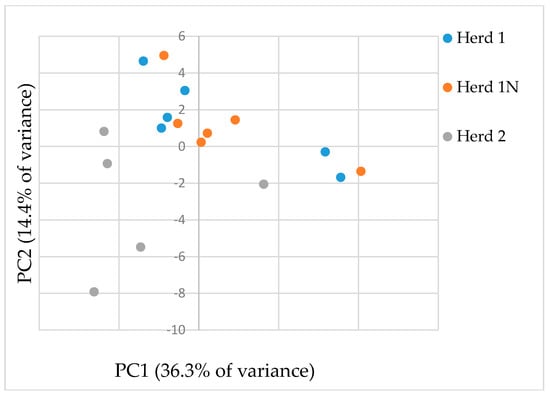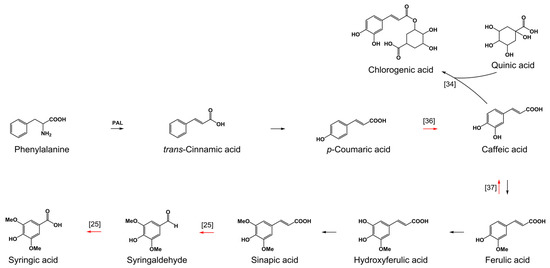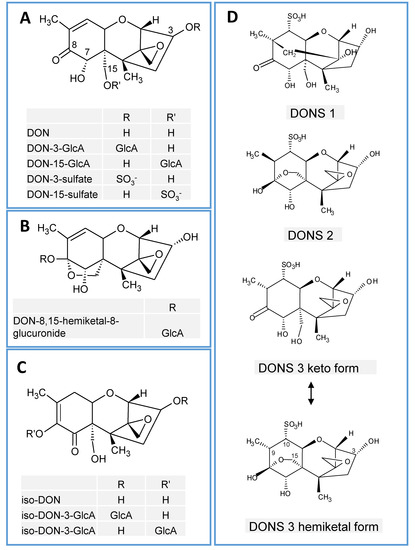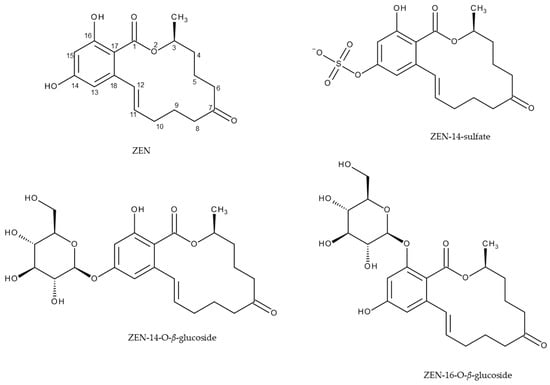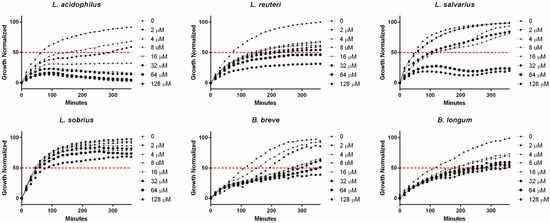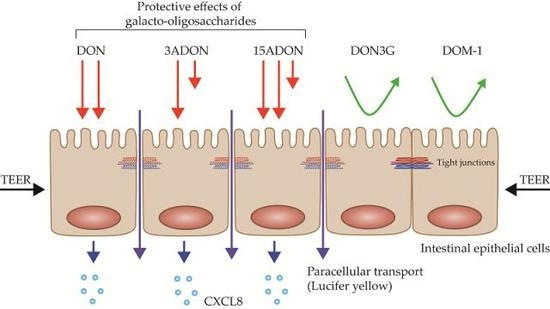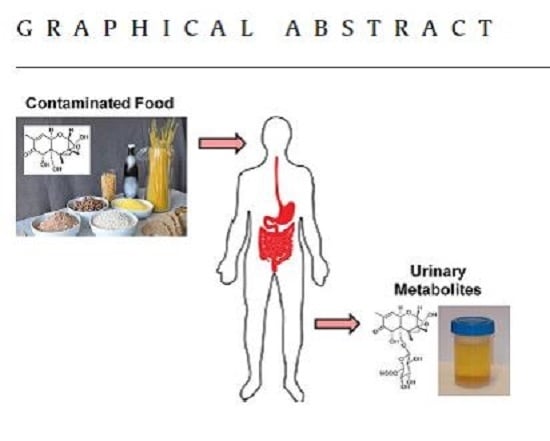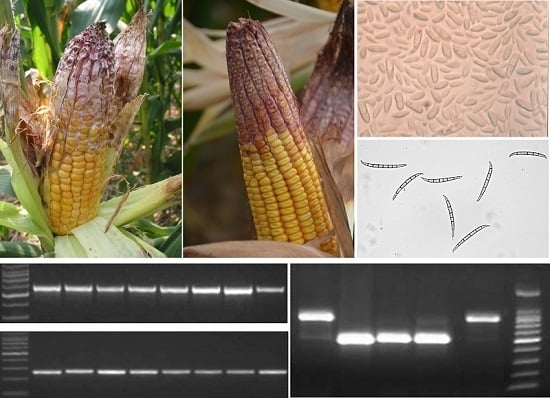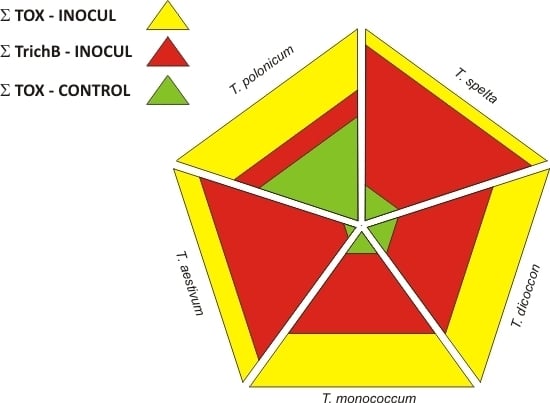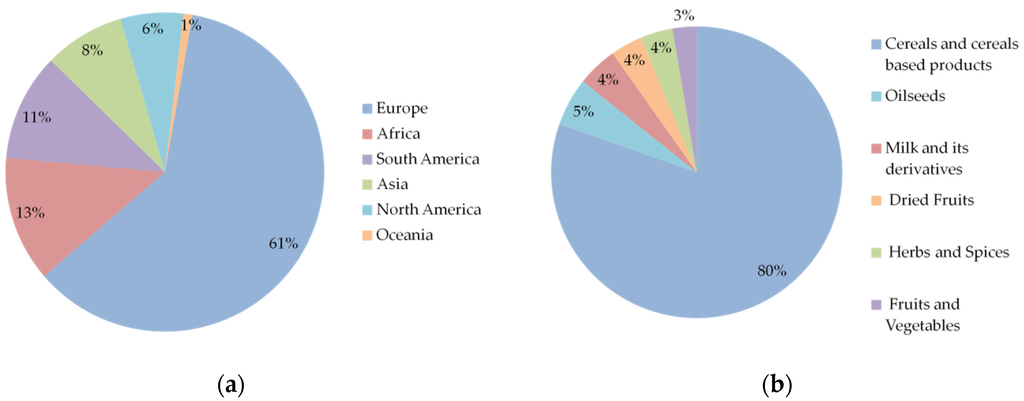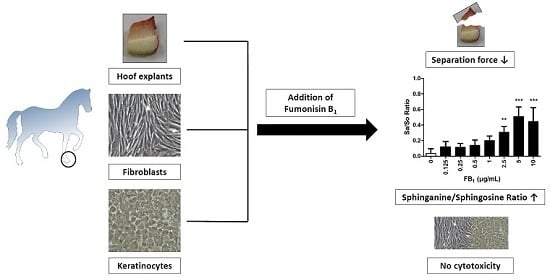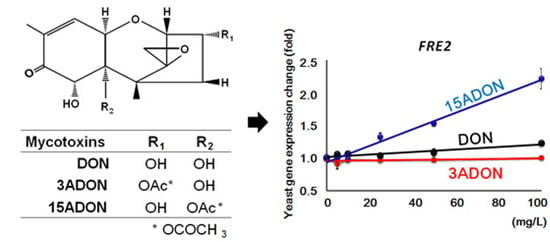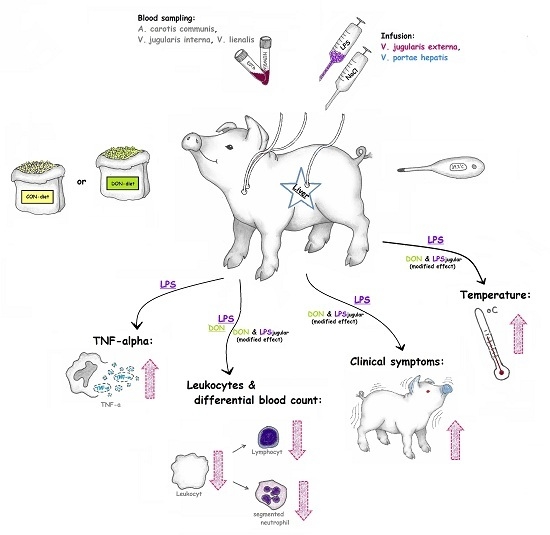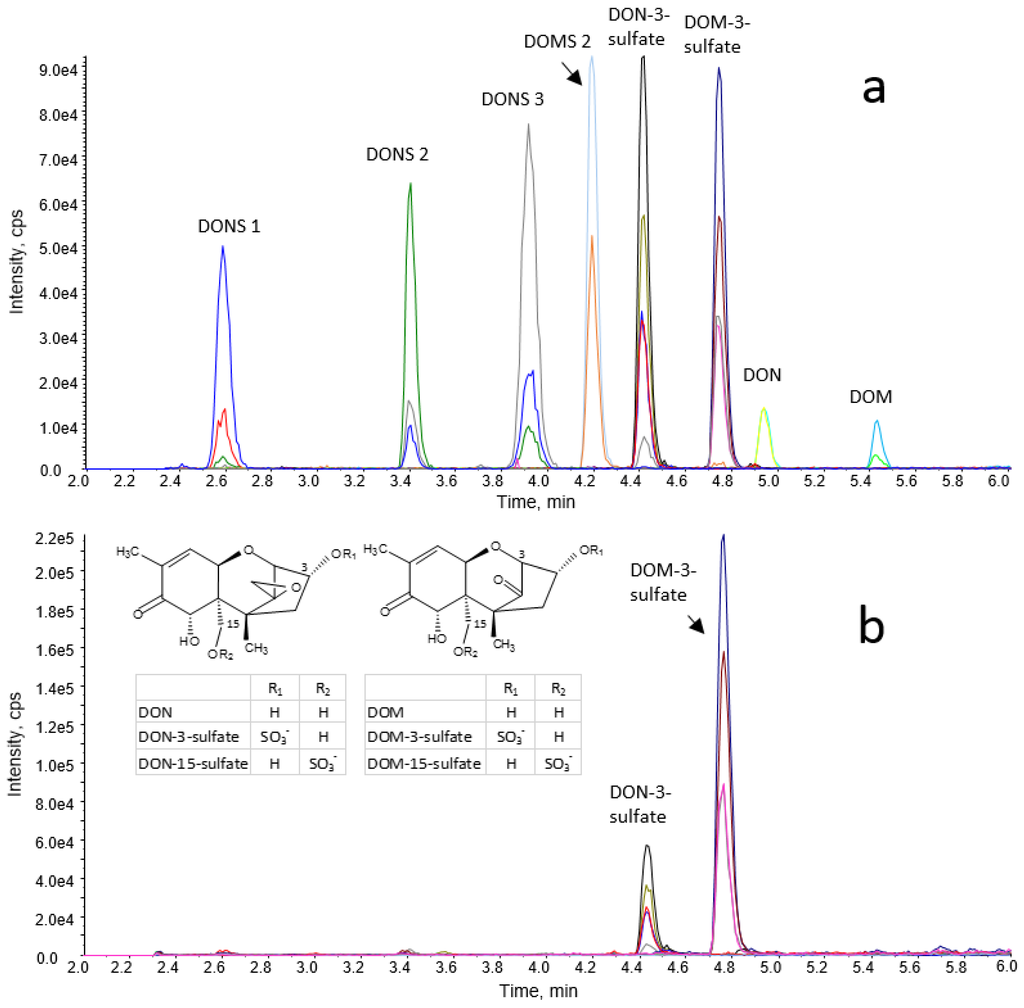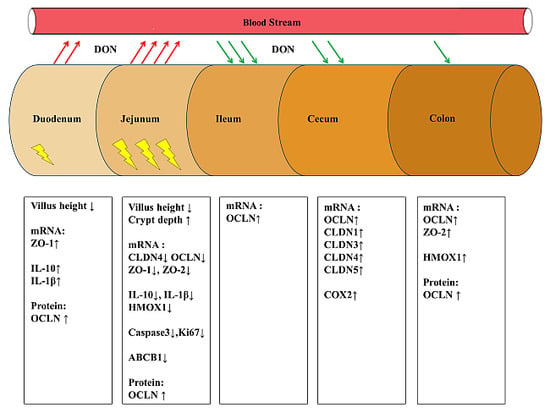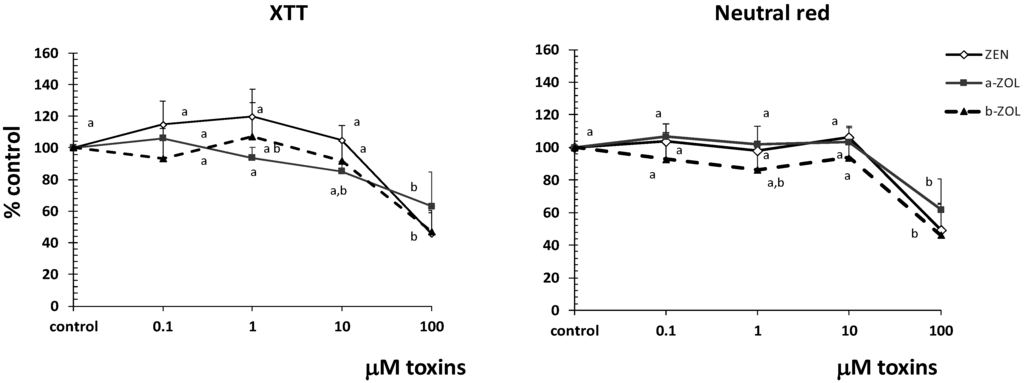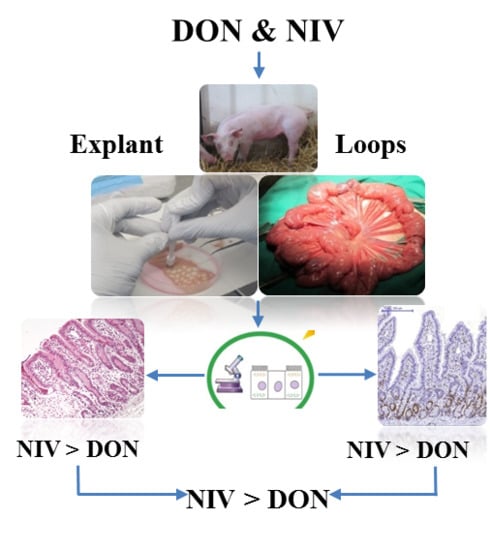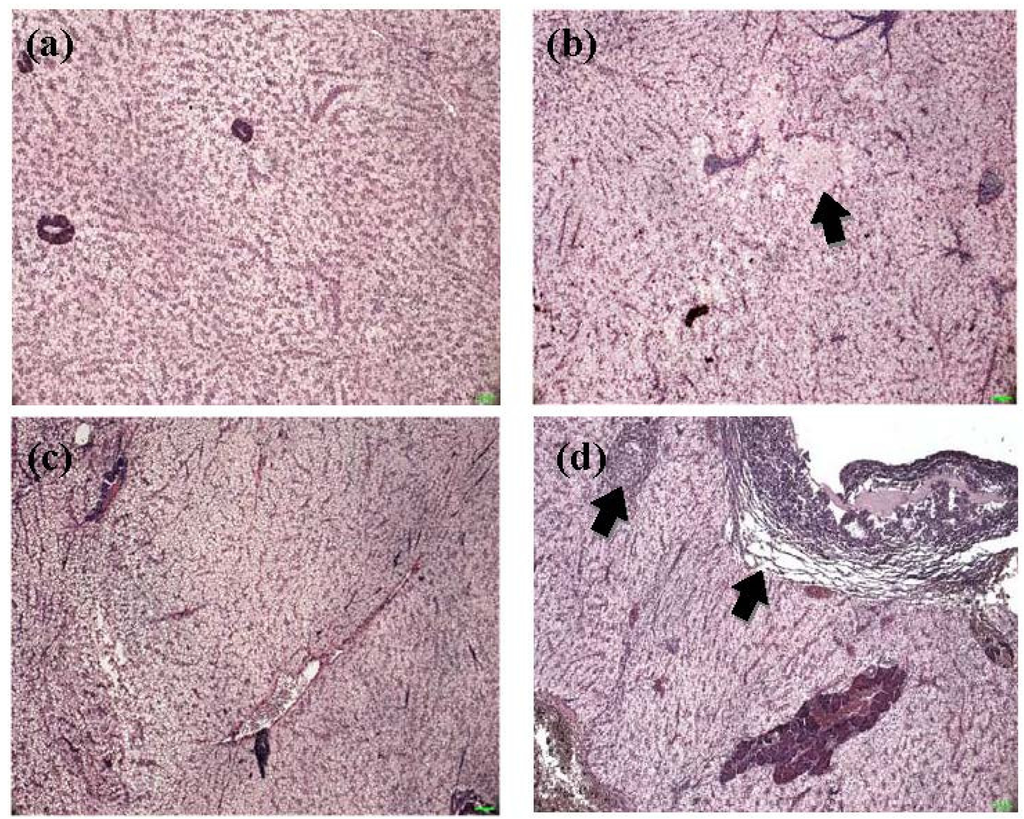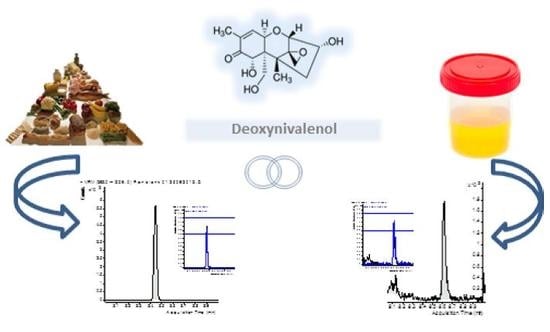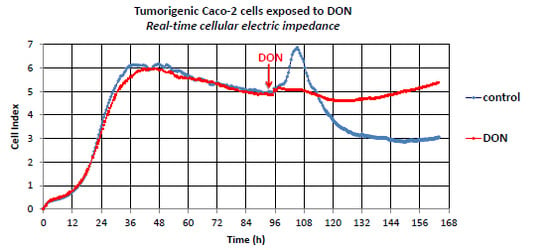Fusarium Toxins – Relevance for Human and Animal Health
A topical collection in Toxins (ISSN 2072-6651). This collection belongs to the section "Mycotoxins".
Viewed by 329237Editor
Interests: dairy cow nutrition and metabolism; mycotoxins
Special Issues, Collections and Topics in MDPI journals
Topical Collection Information
Dear Colleagues,
The mold genus Fusarium is capable of forming a variety of secondary metabolites, termed as Fusarium toxins due to their adverse effects on higher organisms. It is noteworthy that this group of toxins is chemically, and consequently toxicodynamically, quite diverse, although they are formed by the same mold genus. Even if the exact numbers are not known, it can be assumed that Fusarium toxins contaminate the annual worldwide cereal harvests to a large extent. Besides the direct plant yield losses due to Fusarium infection, the concern of grain contamination by Fusarium toxins arises from their frequent occurrence at toxicologically relevant levels. Grains and processed grains which are used as feed- and food-stuffs might retain their original toxin levels as “harvested” from the field, but might be altered in concentration and nature, giving rise to modified Fusarium toxins with changed toxicological properties. Interactions between Fusarium toxins need to be taken into further consideration because most Fusarium species are capable of forming more than one toxin. Feed and food constituents, as well as the diet composition, might also influence the overall Fusarium toxin effects. Moreover, the understanding of the biosynthetic pathways of synthesis of Fusarium toxins might help to identify new metabolites acting eventually as mycotoxins, and offer opportunities to develop biotechnological strategies as preventive tools.
Overall, the relevance of Fusarium toxins has long been recognized by organizations involved in risk characterization, evaluation and management, including the Scientific Committee on Food (SCF), the Joint FAO/WHO Expert Committee on Food Additives (JECFA), the European Food Safety Authority (EFSA) and the European Commission (EC). These agencies established various recommendations, such as tolerable daily intakes by humans (TDI) or guidance values for critical concentrations of mycotoxins in feed, and official European regulations for upper limits for various mycotoxins in food and feed. It needs to be stressed however, that not all above-mentioned aspects could be considered so far in the risk handling process. Therefore, the ongoing need for qualification of this process requires action in various fields of research on Fusarium toxins. Topics of this Topical Collection on the relevance of Fusarium toxins include therefore:
- Biosynthesis
- Interactions between Fusarium toxins and between particular toxins and feed/food constituents
- Analytical methods for feed, physiological specimens and food
- Diagnostics of exposure and intoxication
- Occurrence and epidemiology of exposure of humans and animals
- Toxicological mechanisms
- Toxic effects in humans and animals
- Transfer from feed to food of animal origin
- Counteracting and preventive measures
Dr. Sven Dänicke
Collection Editor
Manuscript Submission Information
Manuscripts for the topical collection can be submitted online at www.mdpi.com by registering and logging in to this website. Once you are registered, click here to go to the submission form. All papers will be peer-reviewed. Accepted papers will be published continuously in the journal (as soon as accepted) and will be listed together on this website. The topical collection considers regular research articles, short communications and review articles. A guide for authors and other relevant information for submission of manuscripts is available on the Instructions for Authors page.
Please visit the Instructions for Authors page before submitting a manuscript. The article processing charge (APC) for publication in this open access journal is 2700 CHF (Swiss Francs).
Keywords
- mycotoxins
- secondary metabolism
- biosynthetic pathways
- fungi
- toxicology
- food safety
- feed safety
- human health
- animal health






